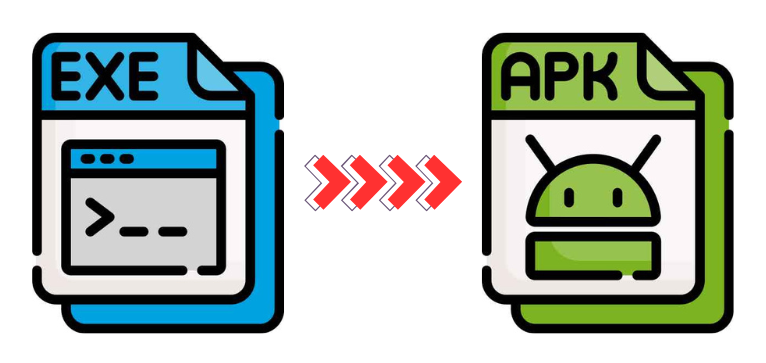Instructions
Porting Windows 32-bit applications to Android using MIT App Inventor and the WineBOX kernel
Porting Windows 32-bit applications to Android using MIT App Inventor and the WineBOX kernel is an advanced process that allows you to run Windows applications on Android and iOS devices. This guide will walk you through the steps, from creating a new project to integrating the WineBOX kernel.

Prerequisites:
- Basic knowledge of MIT App Inventor.
- Familiarity with Android app development.
- Access to the WineBOX kernel.
- The Windows 32-bit application you want to port (in .zip format).
-
Step 1: Create a New Project in MIT App Inventor
Go to MIT App Inventor and log in with your account. On the main screen, select "Projects" from the top menu and click "Start New Project". Name your project (e.g., "WindowsPortApp") and click "OK".
-
Step 2: Configure the User Interface
In the "Designer" section, select and drag a "Layout" component to your screen, such as "HorizontalArrangement" to organize elements. Add other necessary components to your app, such as buttons or labels, as per your design.
-
Step 3: Include a Web Viewer
In the component palette, go to "User Interface" and select "WebViewer". Drag the "WebViewer" component to your design screen. In the "WebViewer" properties, make sure to disable the "Zoom Enabled" option so the page displays without zoom. In the "Home URL" property, enter the following address:
https://ifilex.github.io/Freedows8Bit/accesories/wine.html?app=archivozipsinlaextensionzip&p=archivo.EXE
-
Step 4: Integrate the WineBOX Kernel
To integrate the WineBOX kernel, first upload the .zip file containing your Windows 32-bit application to the project. Do this by selecting "Media" on the right panel and then "Upload File". Upload your .zip file, but remember not to include the .zip extension in the "WebViewer" URL. For example, if your file is named myapp.zip, the URL you should use would be:
https://ifilex.github.io/Freedows8Bit/accesories/wine.html?app=myapp&p=myapp.exe.
Be sure to include the full name of the executable file (including the .exe extension) in the URL.
-
Step 5: Final Adjustments and Reminder
This method only supports Windows 32-bit applications. Ensure that the application you upload meets this requirement. Once everything is set up, save your project and test it on an Android or iOS device.
-
Step 6: Testing and Distribution
Test the application on different devices to ensure it runs correctly. Once everything is working, package your app and distribute it as needed.
Conclusion:
Porting Windows 32-bit applications to Android and iOS using MIT App Inventor and the WineBOX kernel via a web browser is a process that requires precision. Follow these steps carefully and make sure to test your application on multiple devices to ensure compatibility.

